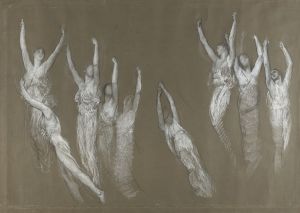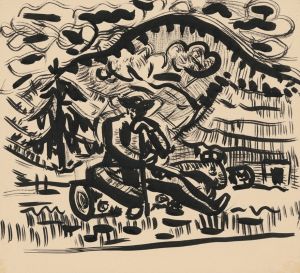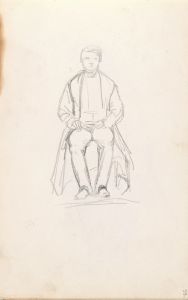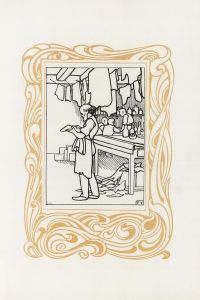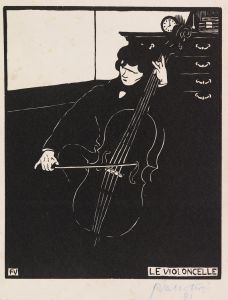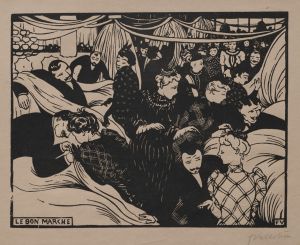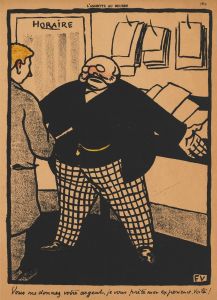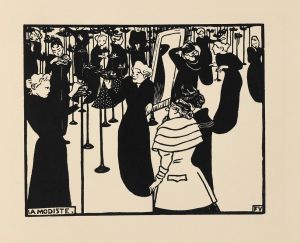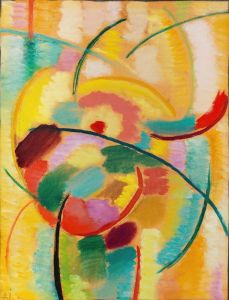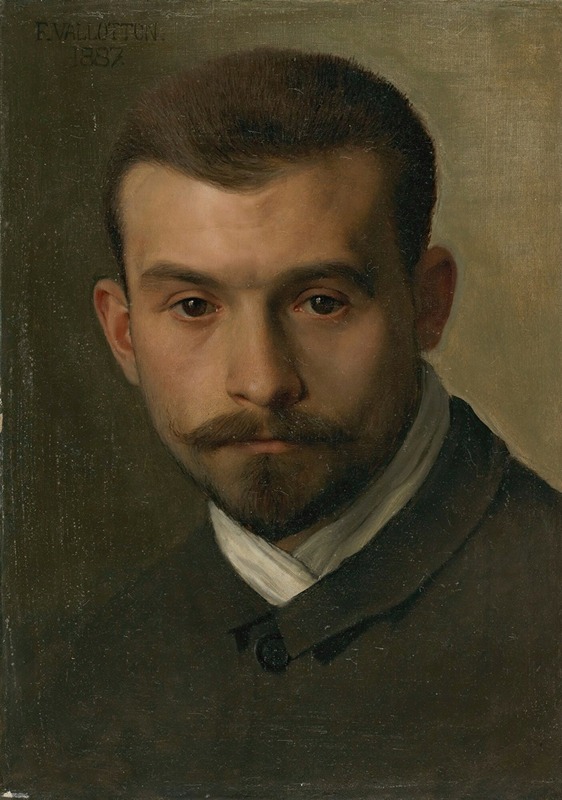
Félix Jasinski
A hand-painted replica of Félix Vallotton’s masterpiece Félix Jasinski, meticulously crafted by professional artists to capture the true essence of the original. Each piece is created with museum-quality canvas and rare mineral pigments, carefully painted by experienced artists with delicate brushstrokes and rich, layered colors to perfectly recreate the texture of the original artwork. Unlike machine-printed reproductions, this hand-painted version brings the painting to life, infused with the artist’s emotions and skill in every stroke. Whether for personal collection or home decoration, it instantly elevates the artistic atmosphere of any space.
Félix Vallotton, a Swiss-French painter and printmaker, is renowned for his contributions to the post-Impressionist movement and his association with Les Nabis, a group of avant-garde artists in the late 19th century. One of his notable works is the portrait titled "Félix Jasinski," which exemplifies Vallotton's distinctive style and artistic approach.
Félix Vallotton was born on December 28, 1865, in Lausanne, Switzerland. He moved to Paris in 1882 to pursue his artistic career, studying at the Académie Julian. Vallotton's early works were influenced by the academic traditions, but he soon became associated with the Nabis, a group that included artists like Pierre Bonnard and Édouard Vuillard. This association marked a significant shift in his style, as he began to explore more modern and abstract forms of expression.
The painting "Félix Jasinski" is a portrait of the Polish engraver and printmaker Félix Jasinski, who was a contemporary and friend of Vallotton. The exact date of the painting is not well-documented, but it is believed to have been created in the late 19th or early 20th century, during a period when Vallotton was actively engaged with the Nabis and experimenting with different artistic techniques.
In this portrait, Vallotton employs a style that is characteristic of his work during this period, marked by bold outlines, flat areas of color, and a focus on the psychological depth of the subject. The painting captures Jasinski with a sense of introspection and calm, reflecting Vallotton's interest in the inner lives of his subjects. The use of color and composition in the portrait is indicative of Vallotton's departure from traditional portraiture, embracing a more modern and symbolic approach.
Vallotton's portraits are often noted for their psychological intensity and the way they convey the personality and mood of the sitter. In "Félix Jasinski," Vallotton's attention to detail and his ability to capture the essence of his subject are evident. The painting not only serves as a representation of Jasinski but also as a testament to the friendship and mutual respect between the two artists.
Throughout his career, Vallotton was known for his versatility, working in various mediums including painting, printmaking, and illustration. His contributions to the art world extend beyond his association with the Nabis, as he continued to develop his unique style and thematic interests throughout his life. Vallotton's work is characterized by its clarity, precision, and often a sense of irony or satire.
Félix Vallotton passed away on December 29, 1925, in Paris, leaving behind a rich legacy of artworks that continue to be celebrated for their innovation and depth. The portrait of Félix Jasinski remains an important piece within Vallotton's oeuvre, highlighting his skill as a portraitist and his ability to convey complex human emotions through his art.





